Amid the Covid-19 pandemic, digitalization and innovation have played an important role in tourism development. ASEAN member states, including Vietnam, are proactively building a marketing strategy enhancing the applicability and innovation of technology to develop tourism. The proposal was made at the 53rd Meeting of ASEAN National Tourism Organizations held online in early February.
|
Vietnam was the lead country to draft the ASEAN Declaration on Digital Tourism adopted by the ASEAN Leaders at the 37th ASEAN Summit on November 12, 2020. |
The strategy aims to make a name for Southeast Asian tourism, define the goals, synchronize the brand on popular promotional channels, create promotional videos, focus on one group of markets, set a target for English-speaking markets including the US, India, the UK, and Australia. ASEAN member states will develop a strategy to promote via social networks such as Facebook and Instagram.
The marketing strategy in the new phase is adjusted based on the post-COVID-19 forecasting trends and the financial capacity of ASEAN.
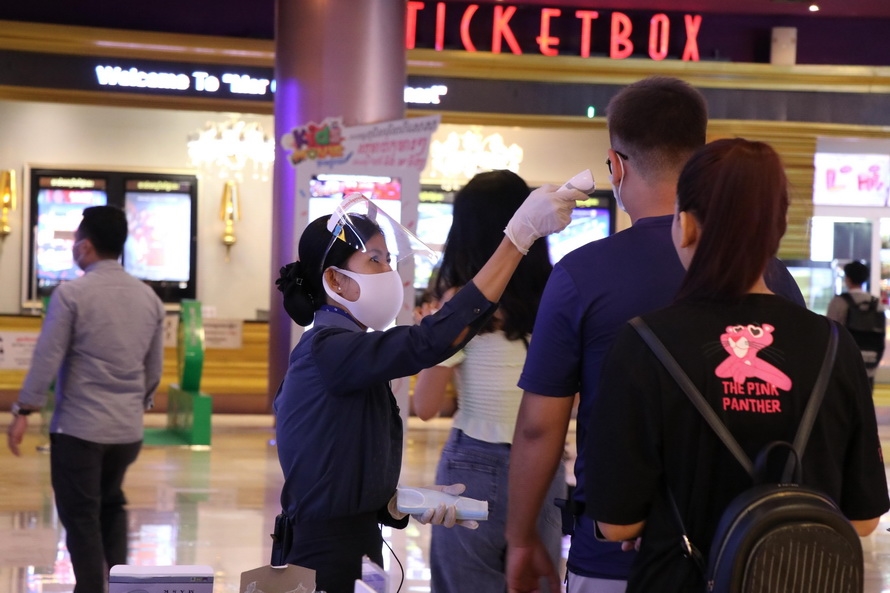 Checking body temperature to prevent COVID-19 for people in Phnom Penh, Cambodia.
Checking body temperature to prevent COVID-19 for people in Phnom Penh, Cambodia.
Photo: Xinhua / VNA
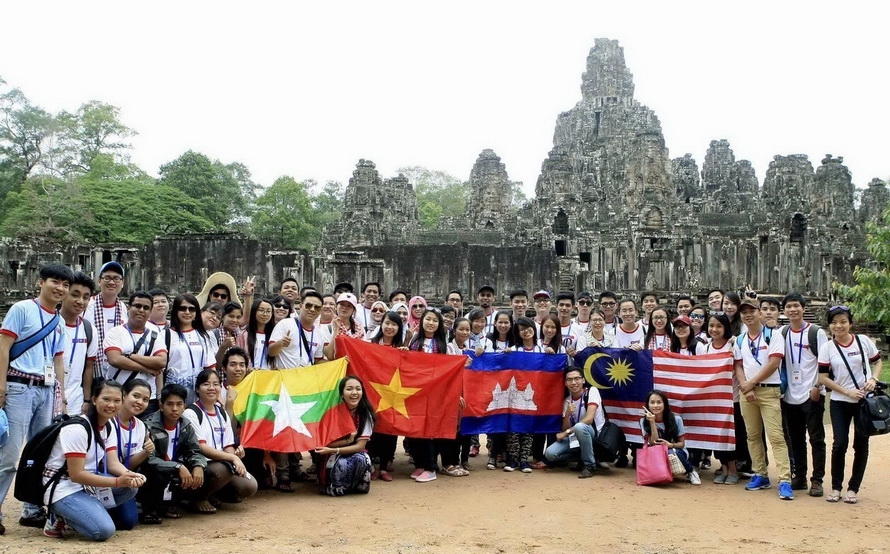 The ASEAN-China youth exchange visit opened in Siem Reap, Cambodia, in 2016. Photo: Pham Kien / VNA
The ASEAN-China youth exchange visit opened in Siem Reap, Cambodia, in 2016. Photo: Pham Kien / VNA

Thailand people in Bangkok welcomed 2021 with colorful firework shows. Photo: Xinhua / VNA
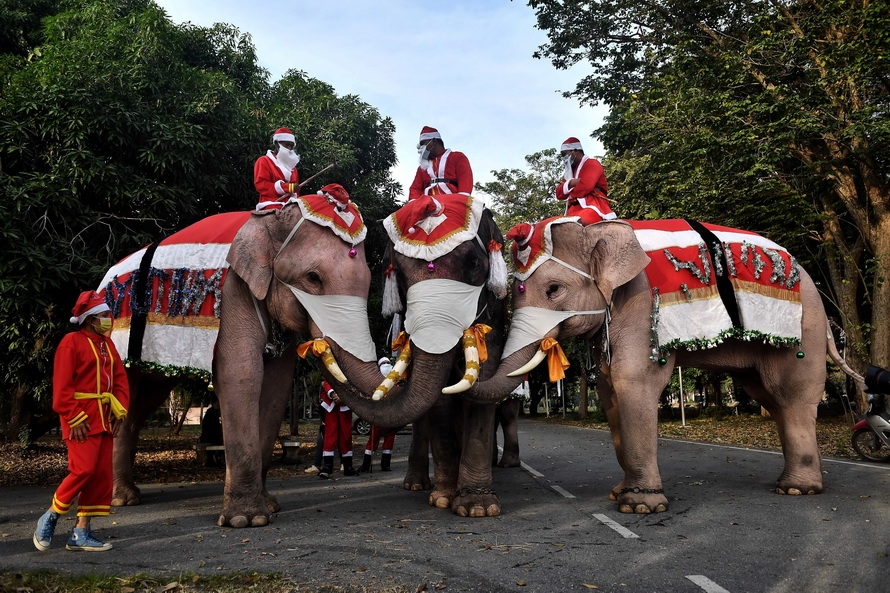 Santa Clauses ride elephants to distribute masks to people in Ayutthaya province, Thailand. Photo: AFP / VNA
Santa Clauses ride elephants to distribute masks to people in Ayutthaya province, Thailand. Photo: AFP / VNA
 Bright decorations to celebrate the Lunar New Year in Kuala Lumpur, Malaysia. Photo: Xinhua / VNA
Bright decorations to celebrate the Lunar New Year in Kuala Lumpur, Malaysia. Photo: Xinhua / VNA

A worker sprays disinfectant to prevent the spread of COVID-19 epidemic in Kuala Lumpur, Malaysia. Photo: Xinhua / VNA
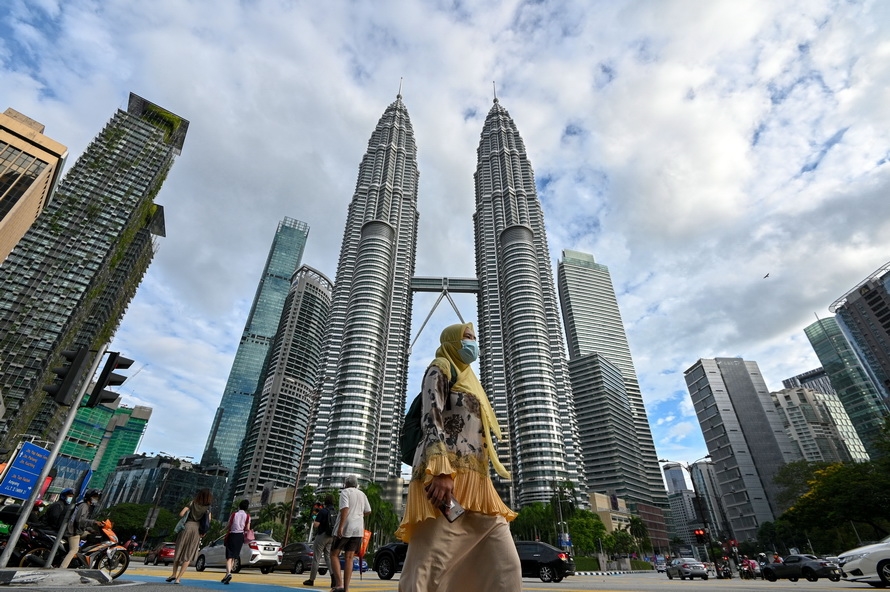 People wear masks to prevent COVID-19 in Kuala Lumpur, Malaysia. Photo: Xinhua / VNA
People wear masks to prevent COVID-19 in Kuala Lumpur, Malaysia. Photo: Xinhua / VNA

A shopping center in Marina Bay, Singapore was lit up with traditional Chinese lanterns and colorful street lights on February. Photo: Xinhua / VNA
 Plum blossoms bloom in white in the foothills, alternating between the stilts of the Thai ethnic group in Ban Phieng village. Photo: VNA
Plum blossoms bloom in white in the foothills, alternating between the stilts of the Thai ethnic group in Ban Phieng village. Photo: VNA
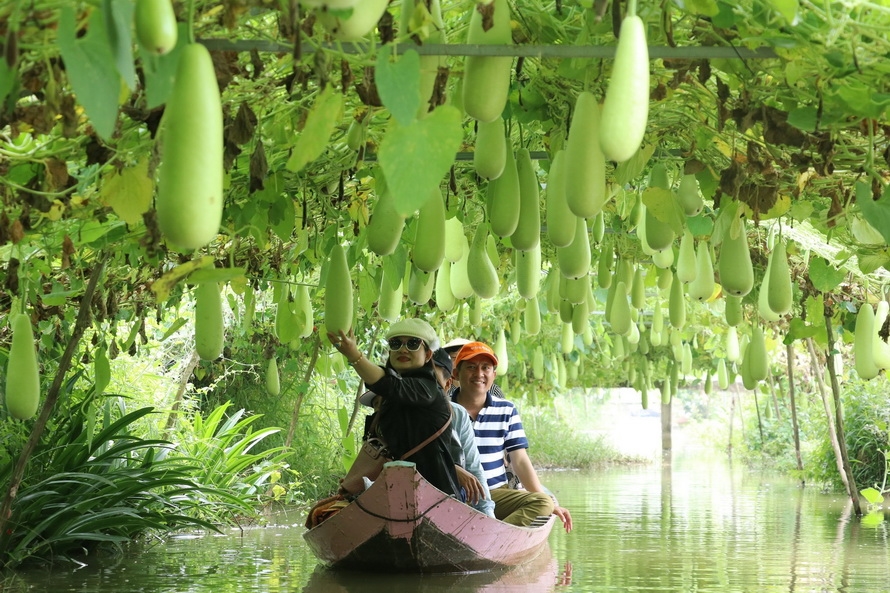 Tourists visit the gourd growing area of Tran Ba Chuot tourist area, Lai Vung district by boat. Photo: Nguyen Van Tri / VNA
Tourists visit the gourd growing area of Tran Ba Chuot tourist area, Lai Vung district by boat. Photo: Nguyen Van Tri / VNA
|
Vietnam, the host country of the project “Develop Festival Tourism”, has designed 14 festival-themed tours that connect tourist attractions of ASEAN member countries. The brochure it is expecting after receiving consultation from other countries will introduce the ASEAN festival-tour and will be completed and widely announced on the official ASEAN website.
Tourism is one of the priority sectors of cooperation in ASEAN. According to the ASEAN Tourism Development Strategy 2016-2025’s goals, by 2025, ASEAN will become a high-quality tourism destination providing visitors with diverse and unique experiences; developing in a sustainable, responsible and comprehensive way; contributing significantly to the socio-economic development of the whole region. To pursue the path, the strategy has set out two main directions including enhancing the competitiveness of ASEAN tourism and ensuring sustainable comprehensive development.
|
In 2019, international tourist arrivals in Southeast Asia reached 143.5 million, accounting for 9.6% of global international tourists. The growth rate of 6.1% is higher than the world's average (4%). Revenues from international tourism reached 170.9 billion US dollars, up 8.5% from 2017. The major source markets are intra-ASEAN and Northeast Asia. |
Story: VNP Photos: VNA Translated by Hong Hanh